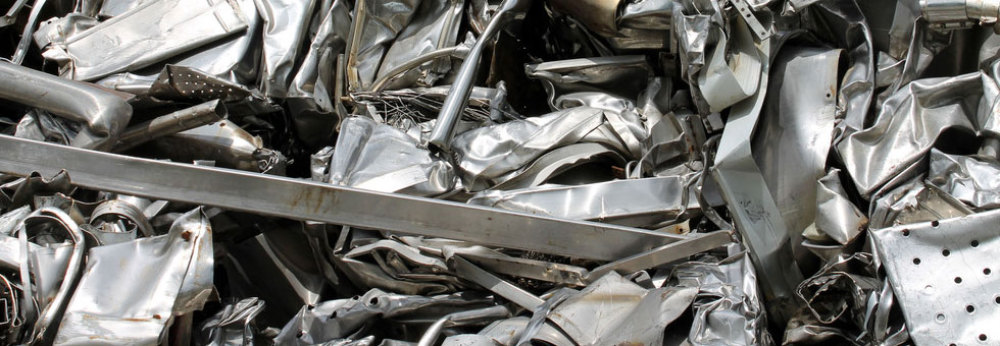Zinc plating is one of the lowest cost, most effective options in electroplating for parts and components in a wide variety of industries. Also known as galvanization, zinc electroplating can be done quickly, effectively and with high levels of precision across any surface, including complex surfaces of various shapes and configurations.
As with any type of surface finishing and plating process, there are several steps involved in zinc plating. Each step has to be done correctly as it has a direct impact on the final product. Often less experienced electroplating companies do not take the time to ensure each step in the process is correct, which results in incomplete or irregular plating or failure of the plating at a later point in time.
Surface Prep
It is critical for all surface oils, grease, chemicals and oxides that may be present on the metal. The cleaning involves placing the part in an alkaline solution and then into a weak acid. The alkaline cleans the surface of residue, and the acid etches the surface to allow more effective plating.
Zinc Plating Methods
The process of zinc electroplating is considered to be a bio-friendly method. It does not use highly toxic cadmium, which was used prior to the 1980s. In some cases, cadmium is still considered the best choice, but it is no longer a common plating option.
To complete the zinc electroplating process, the metal is placed into a specially designed electrolyte solution. This can be either acid or alkaline and needs to be carefully formulated to provide both thickness distribution and ductility of the surface.
The material, in the electrolyte solution, is then exposed to an electrical current. The part forms the cathode and as the current passes from the anode through the solution and creates the plating on the surface. After completed, the parts are rinsed and dried and may go through passivation or the application of a coating for further durability.







